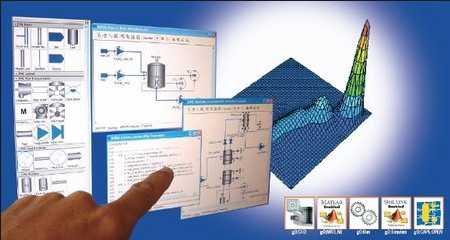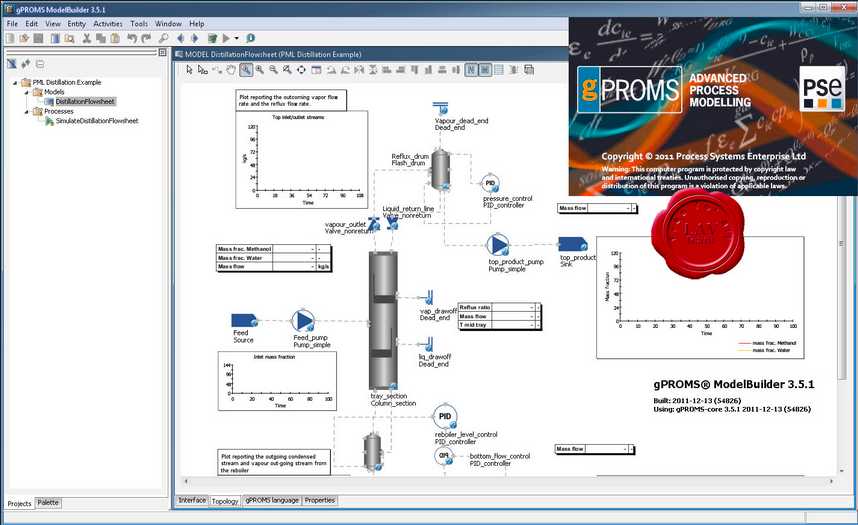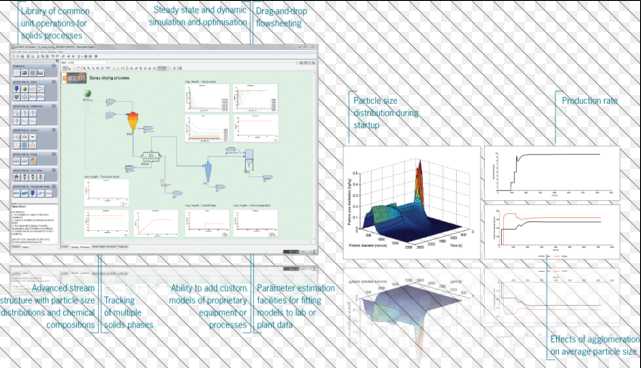Process Systems Enterprise gPROMS v3.6



gPROMS is a platform for high-fidelity predictive
modelling for the process industries. Its main
applications are in model-based engineering
activities for process and equipment development and
design, and optimisation of process operations.
gPROMS is applied by major process and technology
organisations throughout the world, across many
application areas in all process sectors. It is also
used for research and teaching at 200 academic
institutions worldwide.
At the heart of the gPROMS platform is the gPROMS
ModelBuilder, the leading custom modelling
environment for the process industries.
ModelBuilder's process modelling, process simulation
and optimisation capabilities are used to generate
high-accuracy predictive information for decision
support in product and process innovation, design
and operation.
gPROMS platform products have many major advantages
over other comparable modelling software:
* Support for multiscale modelling, meaning - for
example - that it is possible to create a reactor
model that takes into account all phenomena from
mass transfer in the catalyst pore to full-scale
equipment effects simultaneously
* Custom modelling capabilities that allow the
development, execution and maintenance of
high-fidelity models of a wide range of equipment
* The abilty to apply such high-fidelity unit models
within a full process flowsheet
* Estimation of equipment or process empirical
parameters from experimental - laboratory, pilot
or operational - data, with estimates of data
uncertainty for risk analysis
* Steady-state and dynamic modelling within the same
environment
* The ability to perform many different activities
using the same underlying model
* Support for scale-up from minimal experimental
data to full equipment, using hybrid modelling
technologies where necessary.
gPROMS is an equation-oriented modelling system used
for building, validating and executing
first-principles models within a flowsheeting
framework.
Models are constructed in the gPROMS ModelBuilder by
writing down the fundamental chemistry, physics,
chemical engineering, operating procedures and other
relationships that govern the process or product
behaviour.
The resulting model is then validated against
observed data - typically, laboratory, pilot plant
or operating data - to adjust model parameters such
as heat transfer coefficients to match reality as
closely as possible.
Of course, it is not necessary to create a model
from scratch every time - you can use one of the
many state-of-the-art gPROMS model libraries, or
create your own library for publishing throughout
your organisation. Once a model exists, it can be
solved in many different ways to perform many
different activities - for example:
* Steady-state simulation, for example to optimise
steady-state process conditions
* Dynamic simulation, for example in control design
or design of operating procedures
* Parameter estimation, to determine empirical
parameters from real-life data
* Model-based experiment design, to design the
optimal next experiment to generate additional
data in areas of uncertainty
* Steady-state and dynamic optimisation, including
integer optimisation, for direct calculation (as
opposed to trial-and-error simulation) of
variables or trajectories of interest
* Generation of linearised models for use in control
and online optimisation
The activities can be applied at different stages
across the process lifecycle. This means that once
you have invested in creating an accurate gPROMS
model of your process you can use that model
wherever it can generate value, to ensure multiple
return on investment.
165MB
Download
http://s19.alxa.net/s8/srvs1/PSD/MAX/...racked-EAT.rar